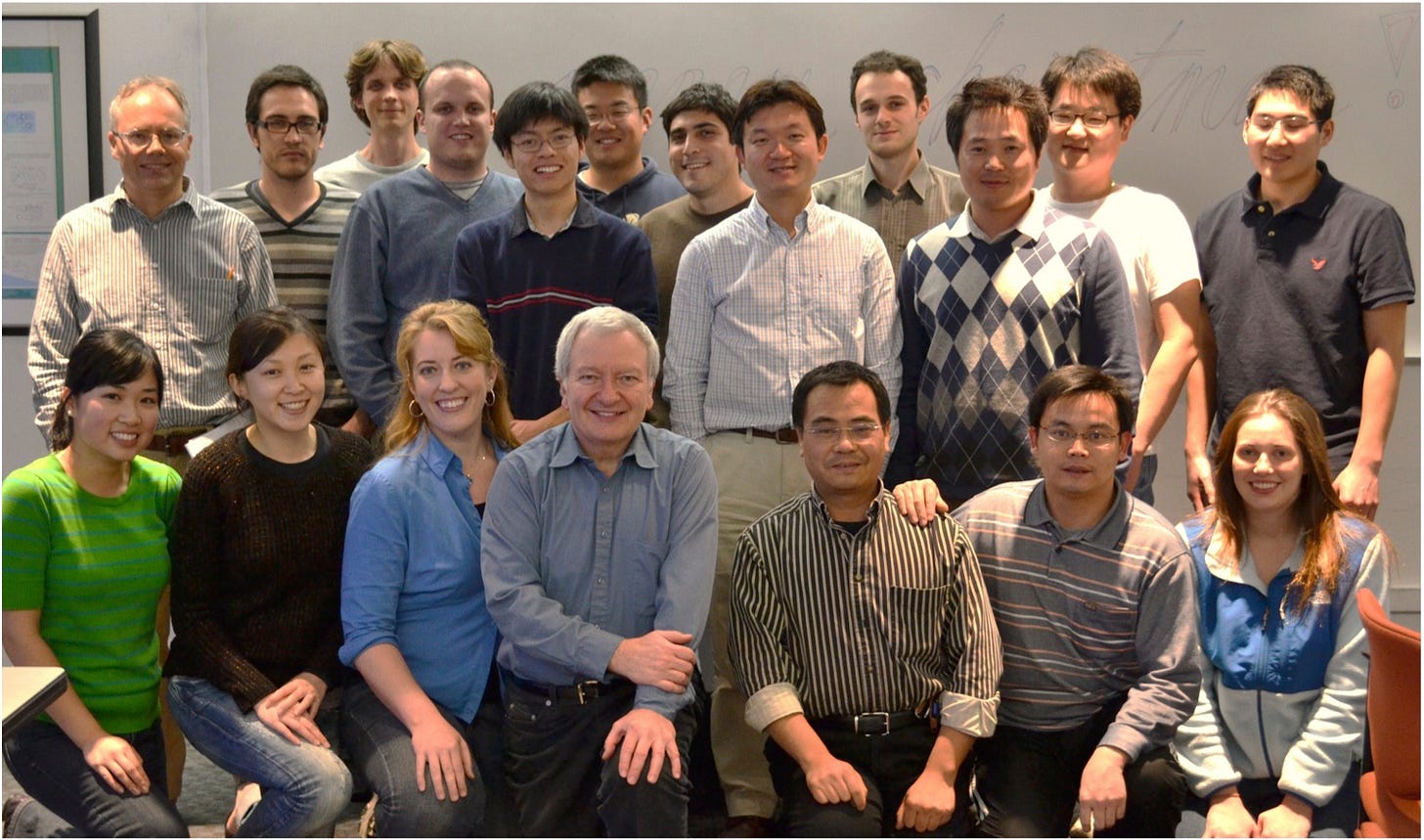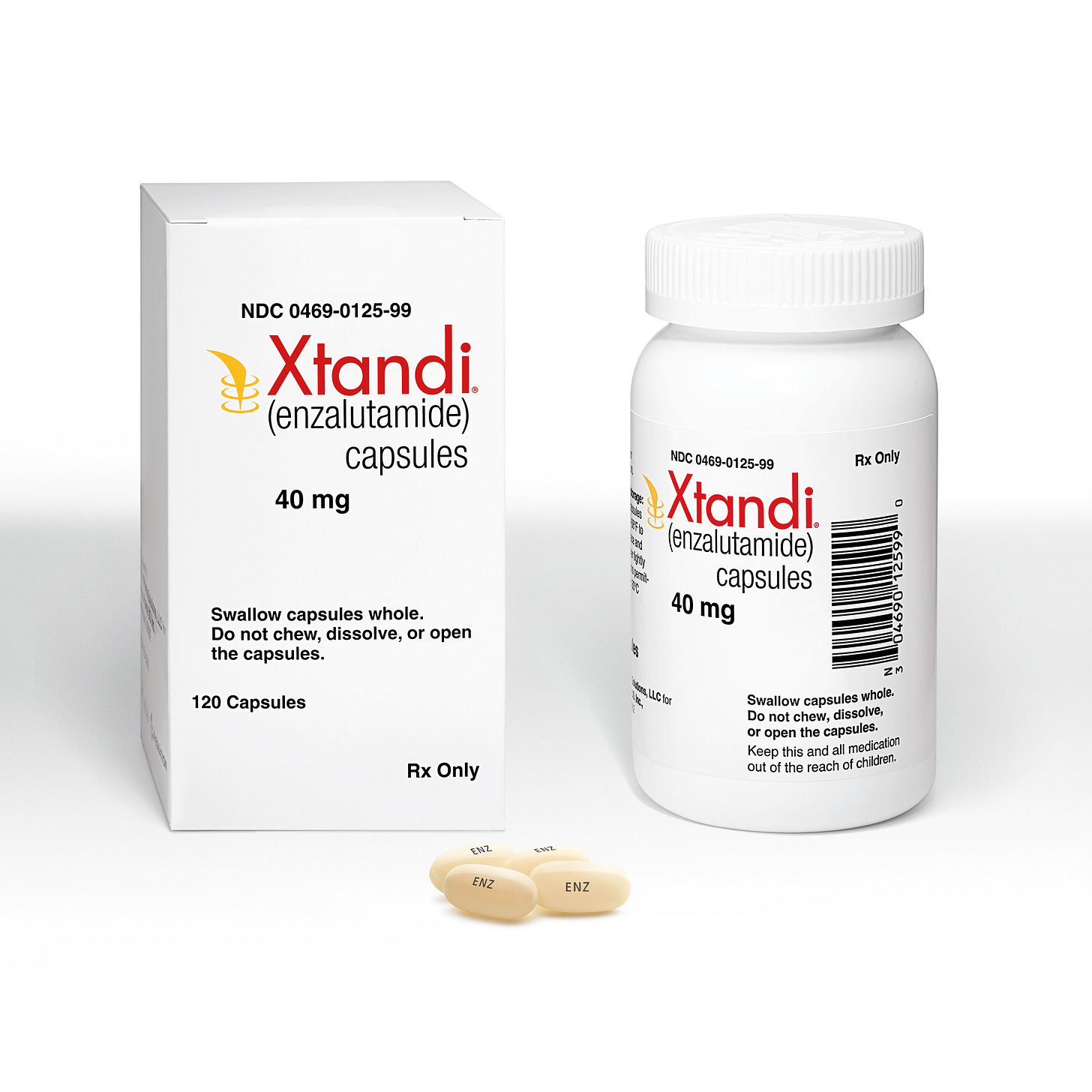I can’t to wrap my mind around the demolition of American research infrastructure that is underway. As scientists face uncertainty about their futures, my mind turns toward practical questions gleaned from years of working around these brilliant, passionate people:
When the current funding runs out, who will feed the rats growing tumors on their backs or the drug addicted monkeys?
Will scientists euthanize these animals when their food runs out? Who pays to dispose of their bodies?
Who will rotate the agar plates on the weekends? Check the temperature of the fancy lab refrigerator or analyze the data from hundreds of meticulously answered lifestyle questions submitted online?
Will we ever know how much fiber is enough to prevent colon cancer? Or find a better test than a mammogram for detecting breast cancer?
Will all the unpublished data be abandoned? Left to collect dust like a scientific Stonehenge? Until our survivors bust open these old labs like Indiana Jones entering an ancient tomb?
When debating how to communicate the importance of the NCI/NIH/CDC, some argue scientists should focus on health care economics - the cost savings of HPV vaccination or the return on investment of one NIH dollar. Others suggest highlighting the lack of due process for federal workers including scientists – that we fight to restore the sprawling NIH-CDC-HHS bureaucracy back to its previous state. Neither answer feels right to me. The destruction is too complete, the forces too strong. I don’t think it’s possible to go back. It seems the only way is forward…towards a very uncertain future.
It was in this state of mind that I read
‘s latest post. A best-selling author, Beth grapples with the infestation of AI in creative spaces. While acknowledging the harm being done, she also invites writers to consider their response to this seeming existential threat. She writes:The particular state of the world right now similarly offers a set of opportunities, perhaps related to the challenges of humanity, or the opportunities of emerging technology, or something else that until this particular moment we were not even aware of. There are opportunities everywhere, and it is even more exciting when you consider that the constellation of these opportunities is always changing, with each arising ‘now’.
While we protest and call and write and survive, we must also think about how we want to rebuild. After the tornado of DOGE moves on, we (physicians, scientists, patients and caregivers) will face the wreckage of what came before. Being present “now” allows us to consider what we want. Before rushing in to rebuild a system that, quite honestly, is no longer a great return on investment for patients with cancer.
The plodding progress that we’ve made over the past half-century is just not good enough now. We know more, we have more tools at our disposal and we can prevent and cure cancer faster. What I realized reading Beth’s words is that destruction is the easy part. What comes next will be more difficult…and more exciting. If we only are brave enough to demand it.
Good messaging requires finding one example - one narrative that illustrates what the NIH has (and hasn’t) delivered in the “War on Cancer.” In that spirit, I invite you to read the story of Xtandi or enzalutamide, a drug used to treat advanced prostate cancer. This is the first of two posts. I’ll meet you in the comments at the end.
In 2012, the FDA approved a new treatment for patients with metastatic prostate cancer. Until that point, treatments included castration (medical or surgical) and a fairly toxic chemotherapy called Taxotere (docetaxel). Elderly men (the majority of prostate cancer patients) usually couldn’t handle the side effects of Taxotere so, for all intents and purposes, once prostate cancer stopped responding to testosterone deprivation, there really weren’t any other options.
Enter Xtandi or enzalutamide.
The story of Xtandi begins in a California biochemistry lab almost a decade before that FDA decision. In 2003, researchers at UCLA submitted a patent application for a promising group of molecules. Over $16 million of our tax dollars via NIH grants supported the work of professors, graduate students, lab techs and students to create these compounds.
Experts at the NIH (on our behalf) allocate scientific research dollars to projects submitted by researchers at institutions all over the world including the UCLA lab that developed this possible new treatment for prostate cancer. And I’m thankful that they do this work for me. I would have no idea how to evaluate a biochemistry proposal at this level, and I suspect neither would most of you. That’s why we’ve agreed to give a government agency that responsibility on our behalf.
The government also funds projects like this so that you and I don’t have to discover cures for our own diseases. We do our laundry; experts working for the government decide who gets funding to develop treatments for cancer. Article I of the U.S. constitution specifically grants Congress the power “To promote the progress of science and useful arts, by securing for limited times to authors and inventors the exclusive right to their respective writings and discoveries.”

In 2009, a small Japanese-owned pharmaceutical company picked up the drug developed by UCLA and funded a Phase III randomized trial. The results of the trial were published in the New England Journal of Medicine in 2012. The trial found that men who took enzalutamide lived 4 (four!) months longer than men who took a placebo: 18 months versus 14 months. This led to approval by the FDA. Production and prescriptions of Xtandi skyrocketed.
By the time the NEJM article came out, 74 million of our tax dollars (and millions more in private funding) had been spent on developing and proving the utility of this medication. Eventually, Xtandi was studied in other prostate cancer patients and is now widely prescribed to many men with metastatic and advanced, localized disease.
Xtandi is a great example of how our tax money supports the development of new drugs:
By increasing supply: The NIH funds basic science research that no one else will including the biochemists at UCLA. Not every grant will lead to a new cancer treatment, but for every 2 NIH grants, there is 1 patent application. And for every dollar that NIH invests, private companies invest $8.
By investing in rare diseases: In the case of Xtandi, the potential profit from a drug taken by millions of men drives corporate investment. In rare diseases, there is no capitalism compelling companies to find treatments. Therefore, the federal government gives tax credits to companies who investigate and develop treatments for rare diseases
By training doctors and scientists: The federal government, through Medicare Part C pays for the residency training of physicians like me. Grants to researchers fund the salaries of graduate students, the next generation of scientists.
By creating demand: Medicare and Medicaid purchase (or subsidize the purchase) of 40% of drugs in the US. Through the Affordable Care Act, the government also offers subsidies for health insurance therefore further lowering the cost of medications for insurance companies and us.
It is this last point, however, that I want to spend some time on. Our investment in this drug is not over. In 2023, US sales of Xtandi topped $5 billion and it was added to a “Top 30 drugs to watch” list for investors. According to a biotech blog, “Xtandi is still creating significant revenue and is patent protected until August 2027 in the US, which shields it from generic drugs.” These experts note that there is still LOTS of money to be made from patients and insurers who pay for Xtandi prescriptions.
A recent analysis of Xtandi’s development , however, noted that the drug’s cost varied globally: “The list price of enzalutamide in 2022 was $189,900 for 1 year of treatment in the US, many times higher than in Japan ($25,000), Australia ($31,000), and other high-income countries.” The report continued, “The substantial contribution of public funds to the discovery of this important cancer drug demonstrates the need for better policies to protect US taxpayers from paying excessive prices for drugs they have funded.”
How is it that we pay our neighbors to develop drugs to treat our cancers, invest in companies to produce these drugs, pay our government to regulate these drugs and then pay insurance premiums (or Medicare taxes or copays) only to get these same medications back at exorbitant prices?
says:Every moment, every day, every new project and every new opportunity invites us to approach it with a beginner’s mind, in the knowledge that we stand upon everything that has gone before – all of our experience, resources, connections, lessons learnt from mistakes made, and all the rest of it. Nothing is wasted. Everything leads somewhere, even if we don’t yet know where.
Is this the system of cancer discovery and treatment we want to rebuild? Or can we create something better? I look forward to hearing your thoughts and will share mine in the next post.









The original comment above was deleted so maybe I’ll repeat what’s been already said.
Who owns the research that has formerly been funded by the NIH/government grants?
Is there a possibility to partner with health institutions in other countries so that it may be picked up where it was left off?
Sadly that wouldn’t answer the question of the poor lab animals’ fate 😭